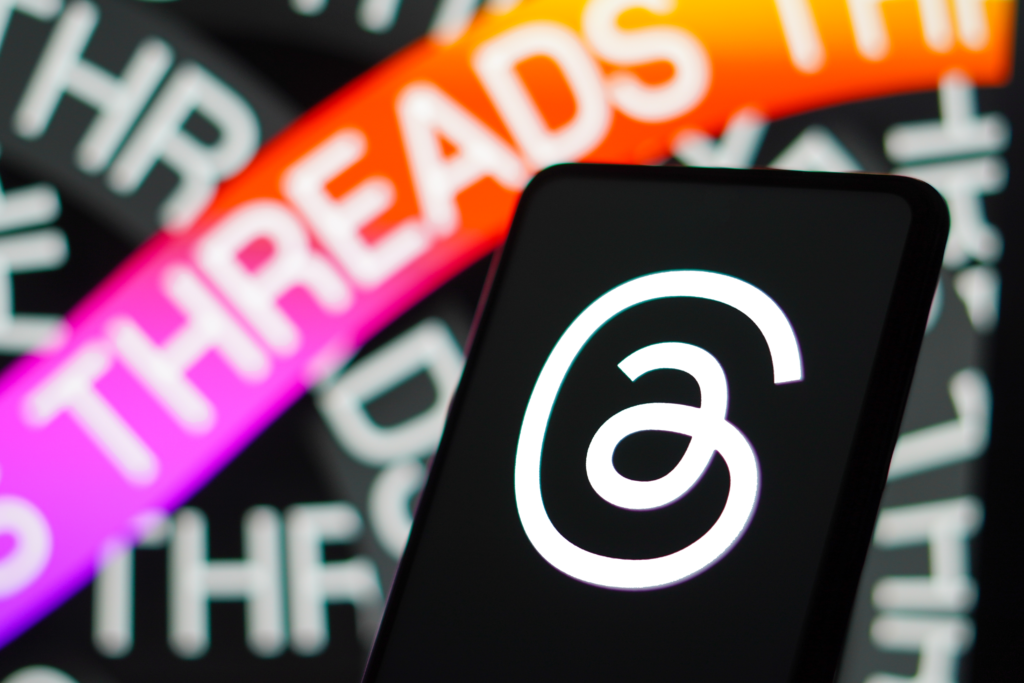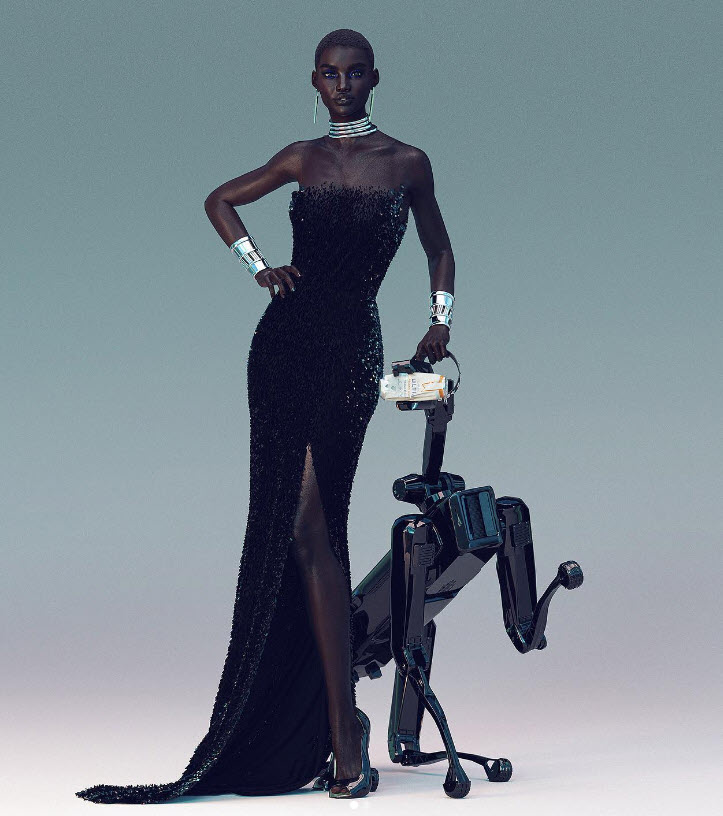Once again, the landscape of social media is undergoing transformation. Emerging platforms are gaining traction and popularity, prompting us to ponder whether they truly live up to the buzz. Fortunately, we’ve delved into the depths to spare you the effort. One of the platforms purportedly riding the wave of attention is Mastodon Social.
Mastodon Social
Mastodon Social, named after the heavy metal band hailing from Atlanta, GA, was brought into existence by Eugen Rochko in October of 2016. Rochko, a German software developer and entrepreneur, grew up accustomed to the universal social networking sites such as Facebook, Instagram, and Twitter. Frustrated by the dominance of American corporations and their governance of these platforms, Rochko took matters into his own hands and conceived Mastodon.
This innovative platform took the form of an open-source, decentralized social network, comprising independent servers organized in a federated structure. This arrangement empowers users to establish their own servers. Notably, in 2022, when Elon Musk assumed control of Twitter, Mastodon witnessed a significant surge in growth. It was recorded that 800,000 accounts were established on Mastodon, but this figure swiftly declined by 30%. The reason? Novice users felt that the platform was dominated by tech-savvy individuals, which made those less tech-savvy feel unwelcome.
Functionality of the Platform
At first glance, the platform can be overwhelming for outsiders. As previously mentioned, it consists of myriad social networks, all running on distinct servers, or ‘instances,’ as they are referred to. These instances communicate with one another through a mechanism known as the Fediverse. What exactly is the Fediverse? To add a touch of complexity for the average user, the Fediverse constitutes a loosely connected group of decentralized servers that operate on open-source standards. This setup permits users to interact and engage across multiple platforms. In simpler terms, it’s akin to liking a Tweet on Facebook or viewing an Instagram Reel on TikTok. Notably, Mastodon instances or servers are not obliged to be connected to the Fediverse, and the majority aren’t. A case in point is Truth Social, the social network linked to former US President Donald Trump, which remains disconnected from the Fediverse and has garnered a reputation as the most renowned Mastodon instance.
Integration of Several Platforms
Mastodon seamlessly amalgamates several familiar platforms into a unified experience. Much like Twitter, users can share brief messages, referred to as ‘toots,’ either with the world at large or specifically with chosen individuals. Each post is capped at a maximum of 500 characters (a substantial leap from Twitter’s 280-character limit). The platform facilitates the sharing of links, images, audio files, and videos. Users retain the autonomy to decide with whom they share, allowing for posts to be either public or private, accessible solely to their followers. Unlike platforms that employ algorithms to curate content, Mastodon displays posts from accounts users follow, with much of it organized through hashtags. Just like other networking sites, users follow hashtags that align with their interests, exposing them to content associated with those hashtags. Posts are presented in a timeline, sequenced chronologically, though not just one timeline—there are three. First, the Home Timeline encompasses all posts and reblogs from those you follow, providing the most familiar experience. Next comes the Local Timeline, showcasing content solely from your server if you possess one. Lastly, the Federated Timeline displays posts from Mastodon servers that you follow.
Mastodon Followers
Mastodon employs a concept of ‘followers,’ although it diverges significantly from the conventional notion of followers or friends. Users can follow any account, even if it’s on a different server, and the content from that account will feature on their Home Timeline. Accounts set to private require review and approval for followers. The platform permits users to mark posts as favorites, but the count of likes or favorites doesn’t surface on timelines. If you wish to amplify someone else’s post, you need to ‘boost’ or reblog it. Comparable to TikTok or Instagram, you can ‘bookmark’ posts or toots without notifying the account that shared them. A distinctive feature that contrasts with other social sites is Direct Messaging. However, it’s not what you might anticipate. While you can engage in back-and-forth messaging with other users on Mastodon, the messages aren’t strictly private. Instead, you create a post much like any other and restrict its visibility to only those tagged in the post. This approach ensures that the post is concealed from those who haven’t been tagged, yet it remains a post, potentially leading some users to be cautious about sharing private or personal information through this method.
Platform Moderation
Now, onto the topic of moderation. Traditional social networking sites typically employ centralized moderators to determine what content is considered safe or acceptable for sharing. Given Mastodon’s decentralized structure, users take on the responsibility of moderating content on their own servers. As one might expect, this arrangement has led to some challenges. Research conducted by Stanford University revealed alarming findings regarding the presence of child sexual abuse material. Over a span of two days, researchers identified 112 instances of child sexual abuse material out of approximately 325,000 analyzed posts. Shockingly, the first instance of such content was located within just five minutes. Furthermore, an examination of the Fediverse for the use of the top 20 child sexual abuse-related hashtags yielded 713 instances of hashtag use and 1,217 posts without associated media. While Mastodon users can report items, and the platform does offer moderator tools for review, it lacks built-in mechanisms for reporting child sexual abuse material
This leads us to the issue of sharing general NSFW (Not Safe For Work) content on the platform. Formerly, Tumblr served as a sanctuary for NSFW content creators, but as the platform implemented stricter policies against such content, users have migrated to Mastodon. The platform encompasses multiple instances or servers that predominantly focus on sharing explicit content. For instance, Switter, a hub for users and clients to connect with sex workers, boasts a user base exceeding 200,000. Numerous popular instances or servers have become havens for users seeking refuge from platforms like Tumblr and Twitter due to their content restrictions. These facts bring to the surface another question. As many users are trying to find a safe place to land, in terms of leaving Twitter, are they prepared to be introduced to content with no trigger warning or blurring of explicit content?
The overarching question remains: Can Mastodon sustain the growth of its user base, or will this momentum taper off? With Twitter’s rebranding as X and the ensuing frustrations of its users, a hunt for a new virtual haven to express thoughts and opinions is underway. Whether the discontented trickle of users will eventually cease or continue to seep into other platforms is uncertain. Predictions suggest that Mastodon’s growth might be curtailed due to its intricate framework. The platform is anticipated to cater to a niche audience, primarily due to its complexity. Notably, the absence of paid advertising or marketing means that there are no businesses driving the platform’s expansion. Will this platform eventually strike a chord with the average user, or will it eventually fade into obscurity? Only time holds the answer.





